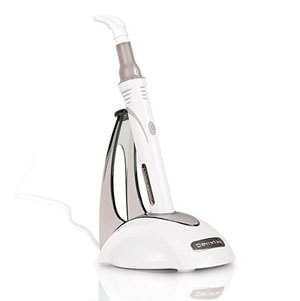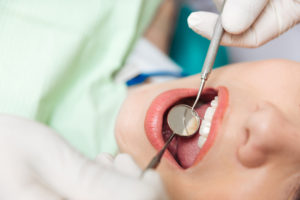Space maintainers are an essential component to ensure the long-term oral hygiene of children. When a child loses a baby tooth prematurely, other teeth can shift and start occupying the vacant place. When the permanent tooth emerges, there is no space for it to develop which results in crowded and crooked teeth.
Space maintainers are orthodontic treatment devices used in pediatric dentistry. The major function of these devices is to manage the empty spot of premature baby tooth loss. It helps to maintain adequate space for the permanent tooth to arrive. With space maintainers, chances of the appearance of crooked and crowded teeth are significantly minimized. Space maintainers also help prevent overcrowding, malocclusions, and other orthodontic conditions. Space maintainers might be in the form of a band or a temporary crown attached to one side of the space. Later, when the permanent tooth emerges, the device is removed to provide ample space for the new tooth.
Types of space maintainers
Space maintainers are separated into the following three categories:
Fixed Unilateral Appliances
Fixed unilateral appliances are used to maintain space on only one side of the mouth. These common appliances include the band and loop maintainer and the distal shoe.
- Band and Loop Space Maintainer
Band and loop space maintainer is one of the most common fixed unilateral appliances. They are placed on one side of the mouth. Band and loops maintain enough space after a child loses a baby tooth or after the eruption of the permanent first molar around age six or seven.
The appliance has a loop that links the distal surface of the primary canine. The band and loop help maintain space after the premature loss of a primary second molar. To place the band properly, the permanent first molar must erupt first. This device is affordable and easy to fabricate but requires regular checkups and maintenance to ensure that optimum space is maintained properly.
- Distal Shoe
Another type of fixed unilateral device is the distal shoe. It is similar to the band and loop device and sits on one side of the mouth. Distal shoes are used to maintain space after losing primary second molars, and before the eruption of permanent first molar at the age of six or seven.
Fixed Bilateral Appliances
The other category of space maintainers includes the fixed bilateral device. Fixed bilateral space maintainers are placed after the loss of teeth on both sides of the mouth. Some common types include the lingual arch, transpalatal arch, and Nance arch.
- Transpalatal Arch (TPA)
The transpalatal arch (TPA) is a bilateral appliance used to maintain space after the loss of teeth on both sides of the upper jaw. This device consists of a thin 36-mil palatal wire that extends above the roof of the mouth and links the banded primary molars on either side of the mouth. This appliance is useful for the proper eruption of permanent molars in the upper jaw.
- Lingual Holding Arch
A lingual holding arch is also a bilateral appliance that links two primary molars in the lower or upper jaws. The appliance is used to create space in the mandibular or maxillary dental arch.
- Nance Arch
The Nance arch includes an acrylic button that rests on the roof of the mouth. The device can only sit in the upper dental arch. It helps prevent the misalignment of permanent molars while maintaining overall dental arch length.
Removable Partial Dentures
Removable partial dentures help maintain space after premature loss of the baby teeth. This appliance has an artificial tooth attached to it. Removable dentures are necessary if more than one tooth is missing on either side of the mouth. They may also be used for aesthetic reasons to give an aligned look to the teeth.
















